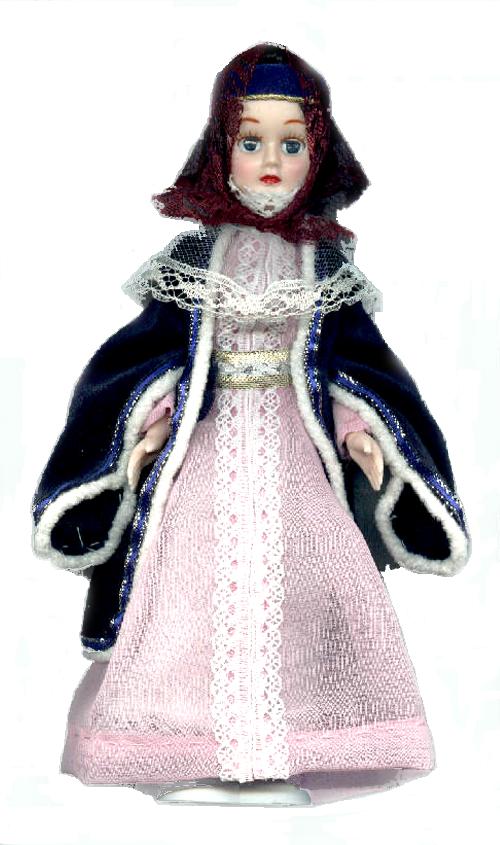|
Tell a friend Bookmark Us Contact Us
Noblewoman of Yerevan , 18th Century.Source: Painting of Vardges Sooreniants. Armenian Museum of History.
Music: Tigran Jamkochyan - Yerevan

Ancestral Armenians continuously inhabiting the Armenian Plateau
before and throughout the rise and fall of the Old and Middle
Kingdoms in Egypt, the entire history of Minoan and Mycanaean
cultures (ca 2200-1400 BC), the Indus civilization in present day
Pakistan (ca. 2500-1500 BC), the first semi-mythical Hsia
(ca 2000-1523 BC) and most of the Shang (1766-1027 BC) Dynasties in China.
Taking advantage of the fulcrum Menuas established at Menuakhnili, Menuas' son
Argishti I and his son, Sardur I expanded the Armenian empire.
He ordered the building of several key outposts, among them Erebuni
in 782 BC, which is considered the beginning of Yerevan’s history,
and Argishitinili (present day Armavir, in Armenia).
Armenia is the first country to convert to Christianity. The citadel at Erebuni
in it's capital Yerevan, reminds us of Armenia the first country in almost
everything else, a country with much older history that recalls the pagan
roots of her traditions which - while couched in Christian terms--are as
ancient as the first signs of civilization etched in her highlands.
Yerevan is in the area of Ararat, which served as the central link
of accepted dress between eastern and western Armenia.
HISTORY

Courtesy of R. Hambardzumyan
